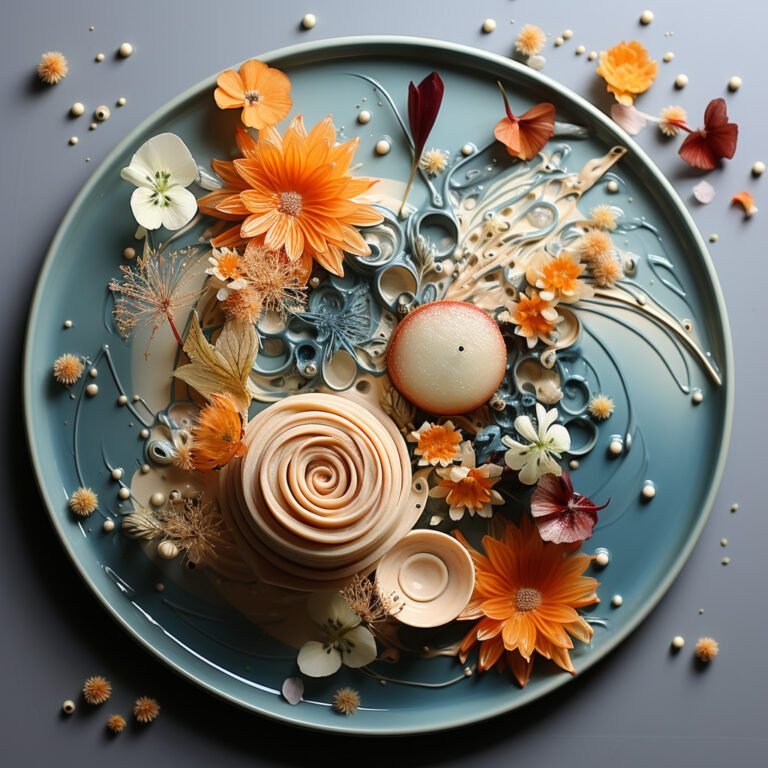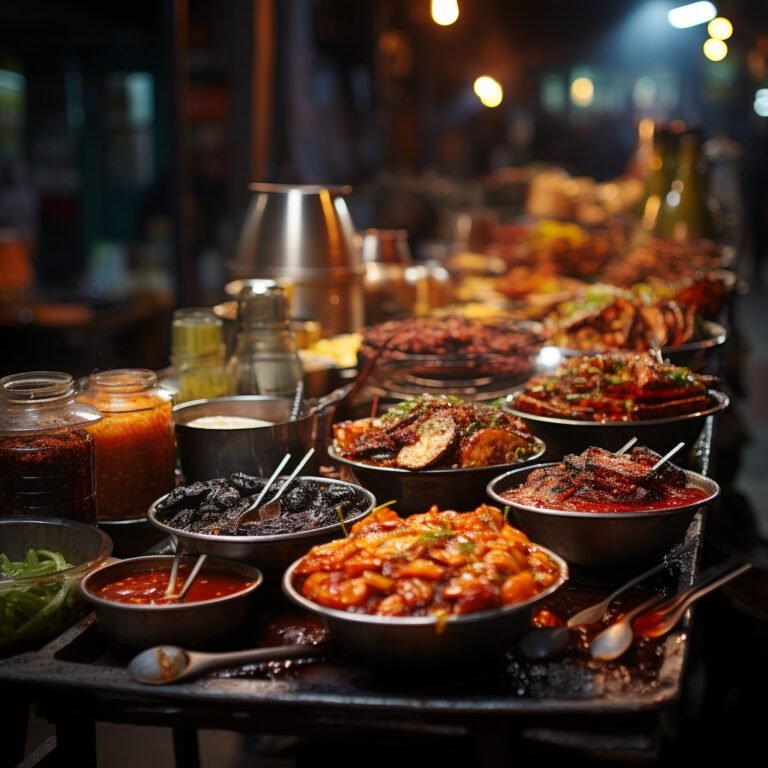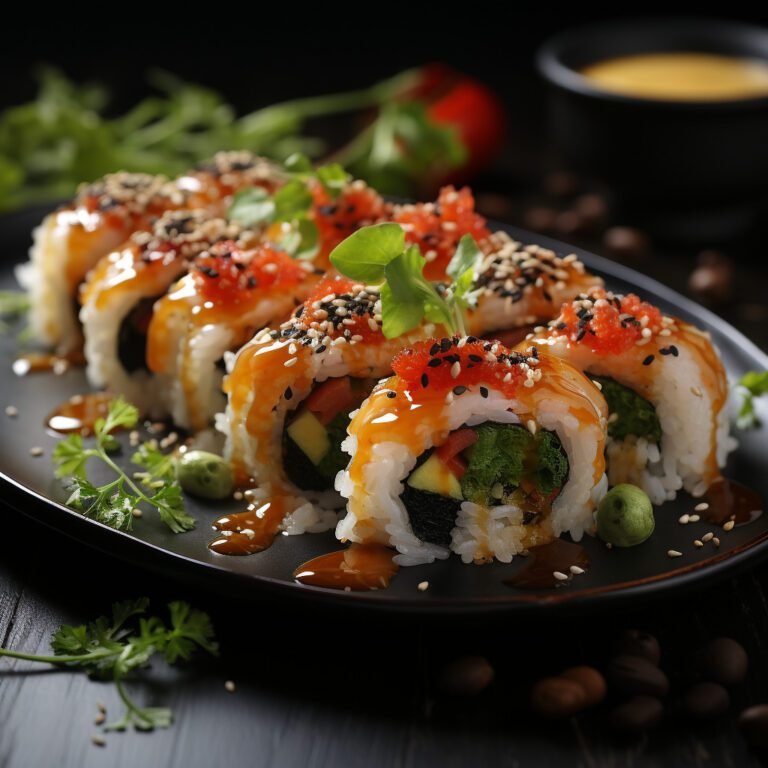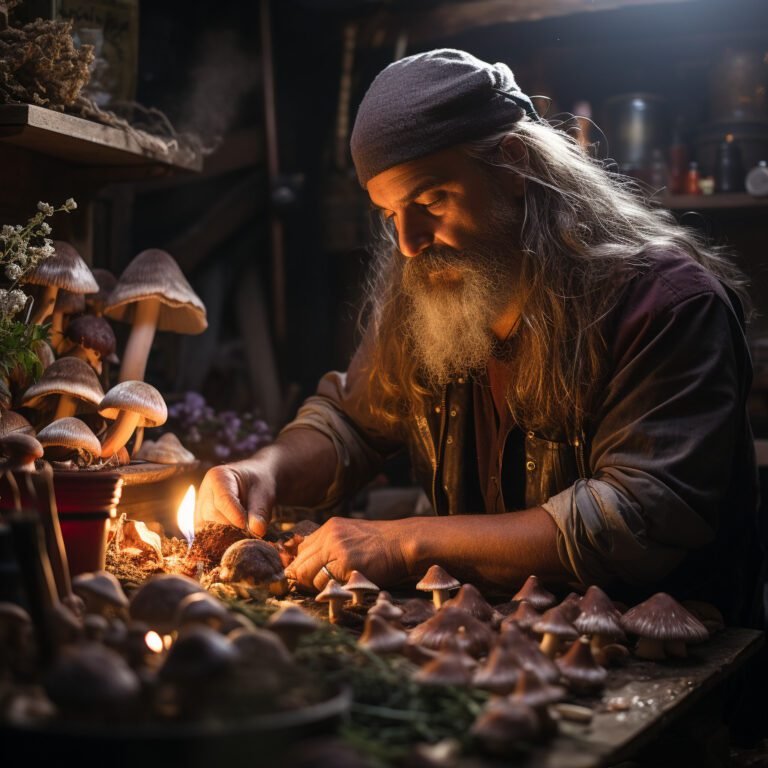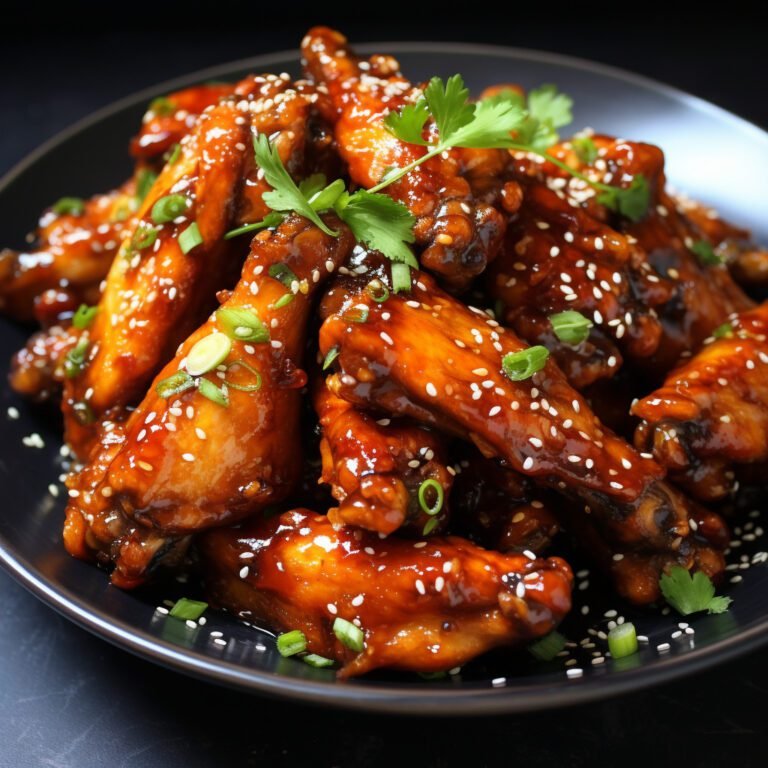The Spice Odyssey: Navigating the World of Rare and Exotic Spices
A Journey to the Exotic Realm of Spices
Unbeknownst to many, the world of spices is a vast and varied landscape filled with rare and exotic offerings. It can be a daunting challenge to navigate this spice odyssey on your own. Yet, the rewards are great – a discovery of new flavors and culinary experiences that will forever change the way you approach cooking and food. So, let’s journey together into the world of rare and exotic spices, and unearth the secrets they hold.
The Allure of Rare Spices
When we talk about rare spices, we’re referring to those that are not commonly found in most kitchens or supermarkets. They often come from remote regions, are labor-intensive to produce, or are harvested under specific conditions. The rarity and unique flavor profiles these spices bring can elevate any dish from ordinary to extraordinary.
- Saffron: Known as the world’s most expensive spice, saffron threads are actually the dried stigmas of the saffron crocus flower. It takes about 75,000 flowers to make a single pound of saffron, hence its high price. Its distinctive aroma and golden color have made it a prized spice in Mediterranean and Middle Eastern cuisines.
- Vanilla: A staple in baking, real vanilla is derived from the pods of the Vanilla planifolia orchid. The laborious cultivation and curing process justifies its status as the second most expensive spice in the world.
- Grains of Paradise: Hailing from West Africa, these seeds offer a warm, peppery flavor with a hint of citrus. They’re a must-try for those seeking a different kind of spice kick.
The Mystique of Exotic Spices
Exotic spices, on the other hand, are those that bring a unique and unfamiliar flavor to our palates. Often associated with specific global cuisines, these spices can transport us to far-off lands with just a taste.
- Sumac: Native to the Middle East, sumac has a tangy, lemony flavor that is essential in many Middle Eastern dishes like fattoush and za’atar.
- Star Anise: A star-shaped spice with a strong, licorice-like flavor. It’s widely used in Chinese cuisine and is one of the five spices in the traditional Chinese five-spice powder.
- Aleppo Pepper: Named after the Syrian city, Aleppo pepper offers moderate heat and fruity notes. It’s a popular ingredient in Mediterranean and Middle Eastern cuisine.
Mastering the Art of Using Rare and Exotic Spices
Knowing about these spices is one thing, but mastering their use in cooking is an art in itself. Here are some tips to help you navigate this odyssey:
- Buy in Small Quantities: Spices lose their potency over time. It’s better to buy small amounts and use them up while they’re fresh.
- Store Properly: Keep spices in a cool, dark place. Heat, light, and air can cause spices to lose their flavor.
- Grind Your Own: Whenever possible, buy whole spices and grind them yourself. This ensures maximum flavor and aroma.
- Experiment: Don’t be afraid to play with flavors. The world of spices is all about exploration and discovery. Happy cooking!
